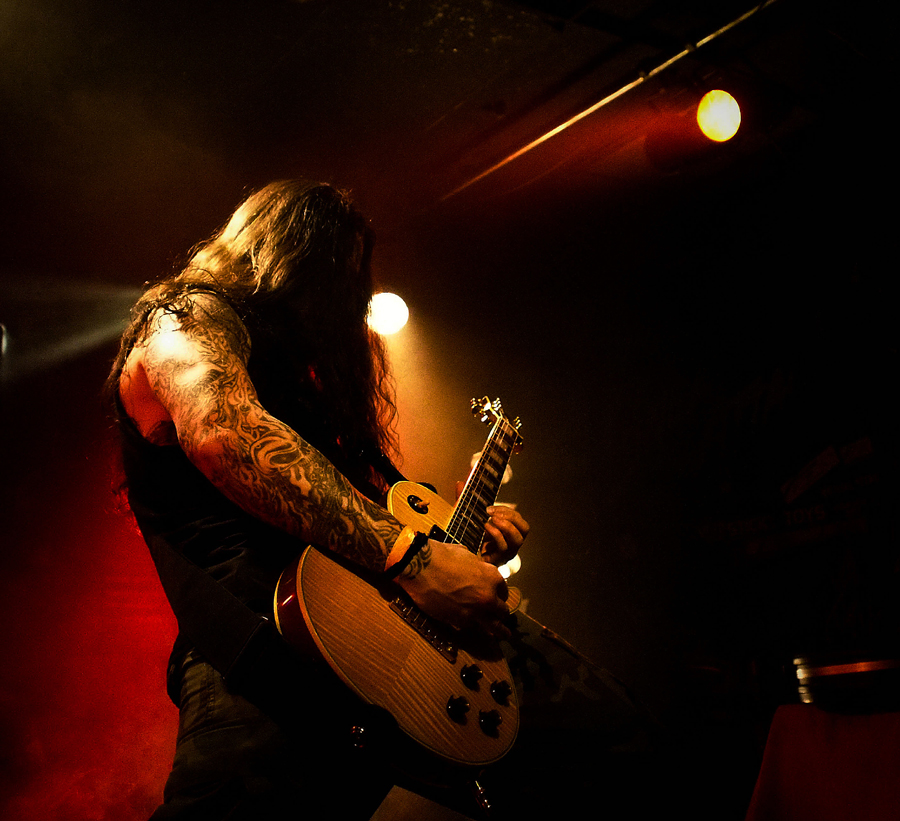zvos1
Well-known
With E-p1 prices dropping rapidly I cannot justify not getting one anymore - $699 here in Oz with 17mm lens.
I considered GF1 but it sells for almost three times as much $1,499 with 20mm 1.7 lens.
I am aware of the most shortcomings of E-p1, but the thing that concerns me the most is the low light shooting performance as there is no inbuilt flash.
I'd love to hear from E-p1 users how they do it, is the combination of relatively clean high iso, 2.8 aperture and image stabilisation enough to tackle most of the poorly lit situations. Or have you ever found yourself in the situation where you wished you had a flash?
Also, how useful do you find accessory viewfinder?
I considered GF1 but it sells for almost three times as much $1,499 with 20mm 1.7 lens.
I am aware of the most shortcomings of E-p1, but the thing that concerns me the most is the low light shooting performance as there is no inbuilt flash.
I'd love to hear from E-p1 users how they do it, is the combination of relatively clean high iso, 2.8 aperture and image stabilisation enough to tackle most of the poorly lit situations. Or have you ever found yourself in the situation where you wished you had a flash?
Also, how useful do you find accessory viewfinder?





